Enjoy The Flavors Of Tuscany...
Turn your trip to Tuscany into a culinary adventure. Use your stay with us to explore a region that is at the heart of Italian cuisine.
Traditional Tuscan cuisine brings together two inseparable principles – simplicity and quality. Tuscan cuisine is based on the so-called “cucina povera,” the peasant traditions that arose out of necessity during hard times.
Even now Tuscans prefer to stay close to their roots as natural localvores who take the time to find the best quality meat and produce, even if it means going to a different store for each one. They take pride in knowing where their food comes from, and believe in eating seasonally. In fact, one of the specialties below is only available for a few weeks every year!
Your Culinary Adventure Starts Here...
Explore some of the regions very best foods.
Some Must Tries...
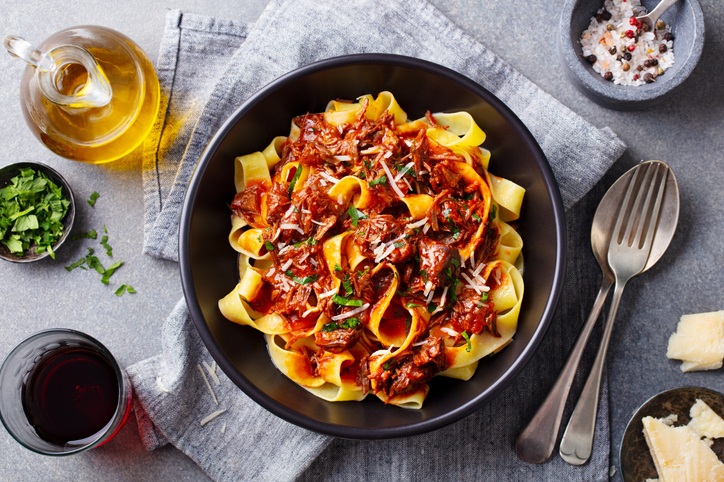
Pappardelle
Pappardelle is a famous Tuscan pasta variety. When paired with ragù di cinghiale (made with wild boar), they become one of the region’s best gastronomic experiences. Unlike classic ragù, the one prepared with wild boar has an intense, much stronger flavor achieved by long, slow simmering in a rich sauce of tomatoes and red wine.
Panzanella
Panzanella is an Italian salad made from pieces of stale, moistened bread, with the addition of tomatoes, onions, or basil, and a dressing of vinegar and olive oil. The salad is a specialty of Tuscany, where it is usually served in the summer, making use of the fresh summer vegetables that are in season.
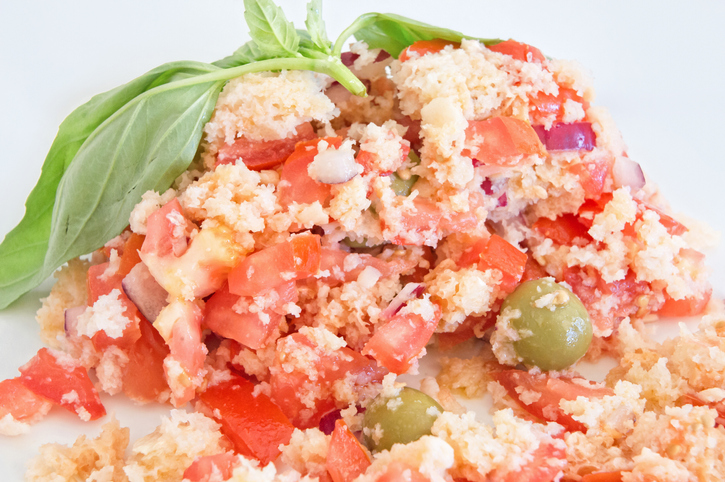
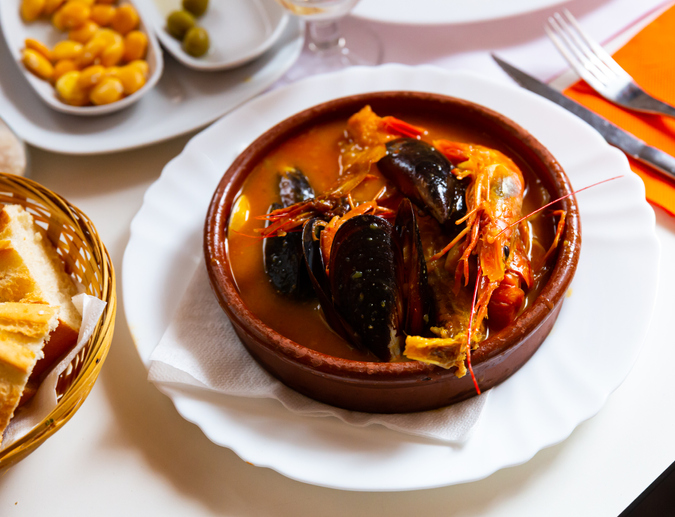
Cacciucco
Tuscan fish stew has a history that stretches back to at least 500 years ago, and was most likely invented by the frugal fishermen of Livorno who would prepare it with whatever was left in the bottom of their boats after selling more valuable fish at the market.
Cantuccini Toscani
These hard almond biscuits visually resemble tiny slices of bread, or cantellus in Latin, which is how they gained the name cantuccini, though they are also known as biscotti, meaning twice-baked.
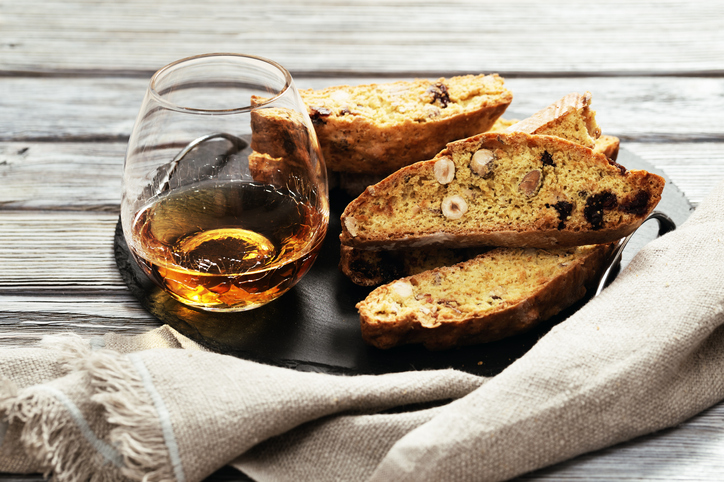
Find The Perfect Pairing...
Next to food, the regions wines rank amongst the very best in Italy.
Tuscany is one of the most famous and prolific wine regions anywhere in Europe. It is best known for its Sangiovese-based dry red wines – which dominate output. These include Chianti, Brunello di Montalcino and Vino Nobile di Montepulciano.
The region’s Vin Santo is also highly prized, as are its passito dessert wines, though these are made in tiny volumes by comparison. Dry whites are probably less familiar to most consumers – apart perhaps from Vernaccia di San Gimignano.
Here Are Some of Our Recomendations...
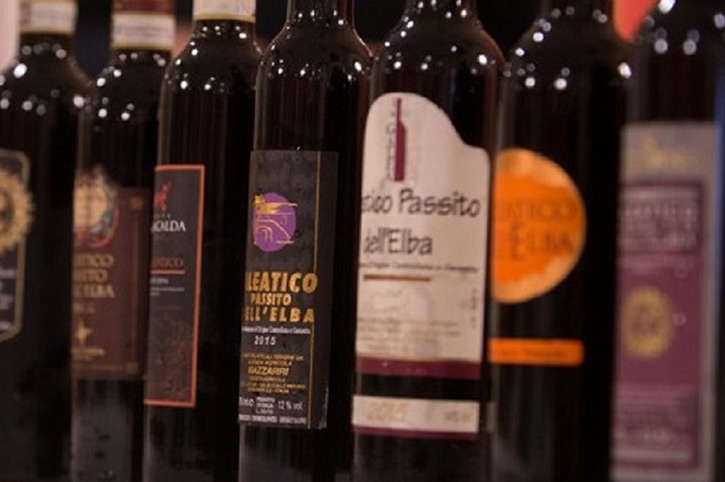
Elba Aleatico passito
Aleatico passito, native only to Elba, is made with 100% Aleatico grapes. This sweet nectar has been made on the island for centuries, and proof has been found that it was enjoyed by the Greeks and Romans. Napoleon also appreciated it during his exile on the Island on Elba.
Brunello di Montalcino
Brunello di Montalcino (base and riserva) is obtained from Sangiovese grosso grapes, a vine traditionally referred to as “Brunello” in Montalcino, and is produced only in the Municipality of Montalcino, in the Val d’Orcia area. “I Vini d’Italia 2013” of the Espresso crowned the Brunello Riserva 2006 Poggio di Sotto, designating it as wine of the year, the only wine and the first Tuscan one in the history of this guide to have obtained the maximum points: 20/20.
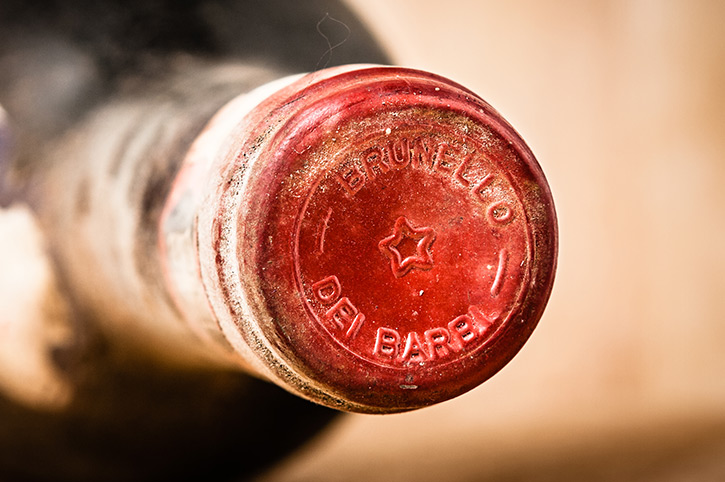
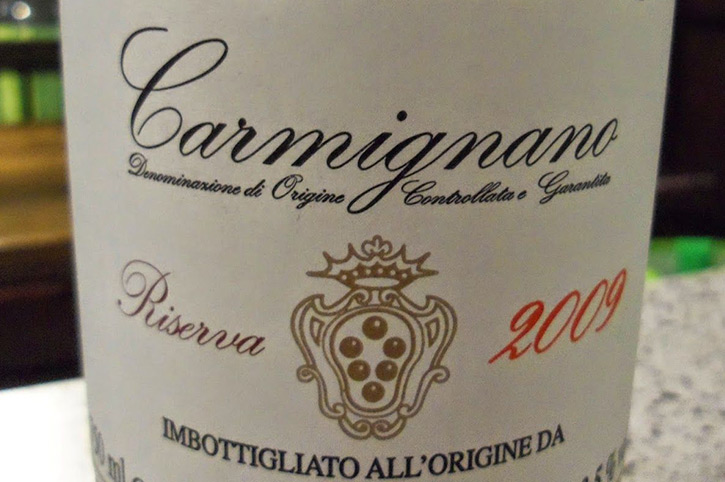
Carmignano
Carmignano (base and riserva) is made from 50-90% Sangiovese grapes, 10-20% Cabernet Sauvignon and/or Cabernet Franc, up to 20% Canaiolo Nero and up to 10%Trebbiano Toscano and/or Malvasia and/or Canaiolo Bianco.Carmignano DOCG wine is produced exclusively in the municipal territories of Carmignano and Poggio a Caiano.
Chianti
Chianti (base and riserva) is made of 70-100% Sangiovese, up to 10% Canaiolo Nero, and up to 10% Malvasia and/or Trebbiano Toscano. Produced in the provinces of Arezzo, Firenze, Pisa, Pistoia, Prato and Siena
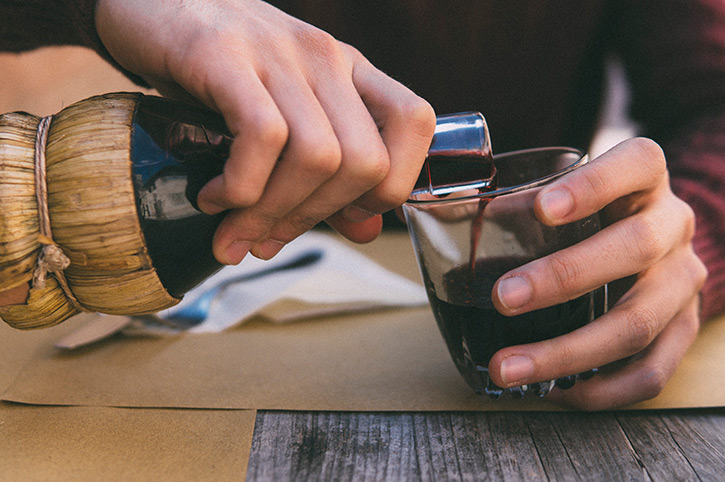
Meet Chef Stefania
Take your culinary experience to the next level. We offer our guests the possibility to book Chef Stefania Quartieri for a private dinner or cooking classes.
Get to know your chef better.
“I am a professional chef, and I have always felt a great passion for cooking. My journey started 18 years ago, working alongside a friend Chef in a restaurant on the Tuscan hills. Later I attended professional courses in Italy and abroad and perfected the techniques “in the field”, working in different restaurants in Tuscany, Rome, Milan and Brussels (Belgium).
I enjoy creating contemporary dishes grounded in memories, flavours, aesthetics and attention to details, although I am very well versed in more traditional Tuscan dishes.
My role models in the kitchen?
Heinz Beck and pastry chef Iginio Massari.
One of my cooking secret?
Definitely the quality of the ingredients! My suppliers are biodynamic small farmers and breeders. One of the goals I pursue is to reduce waste through culinary techniques and creativity, and by using every part of the ingredients whenever possible!”








Our Address
Casa d’Olival
Pistoiese PT, ItalyReservation
revs@casadolival.com
Newsletter
